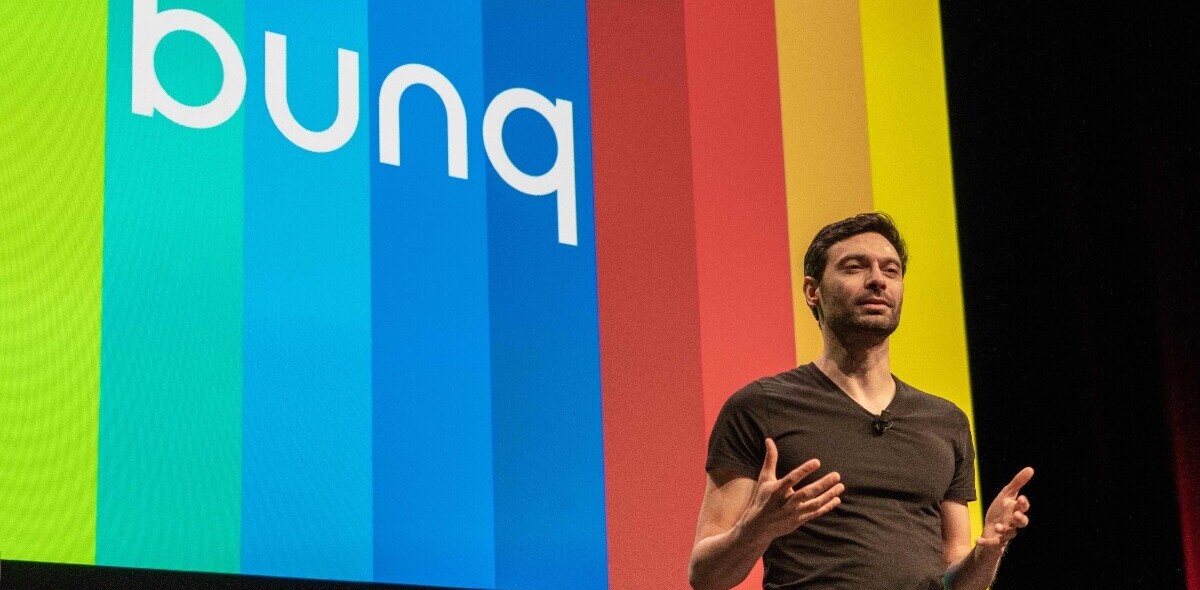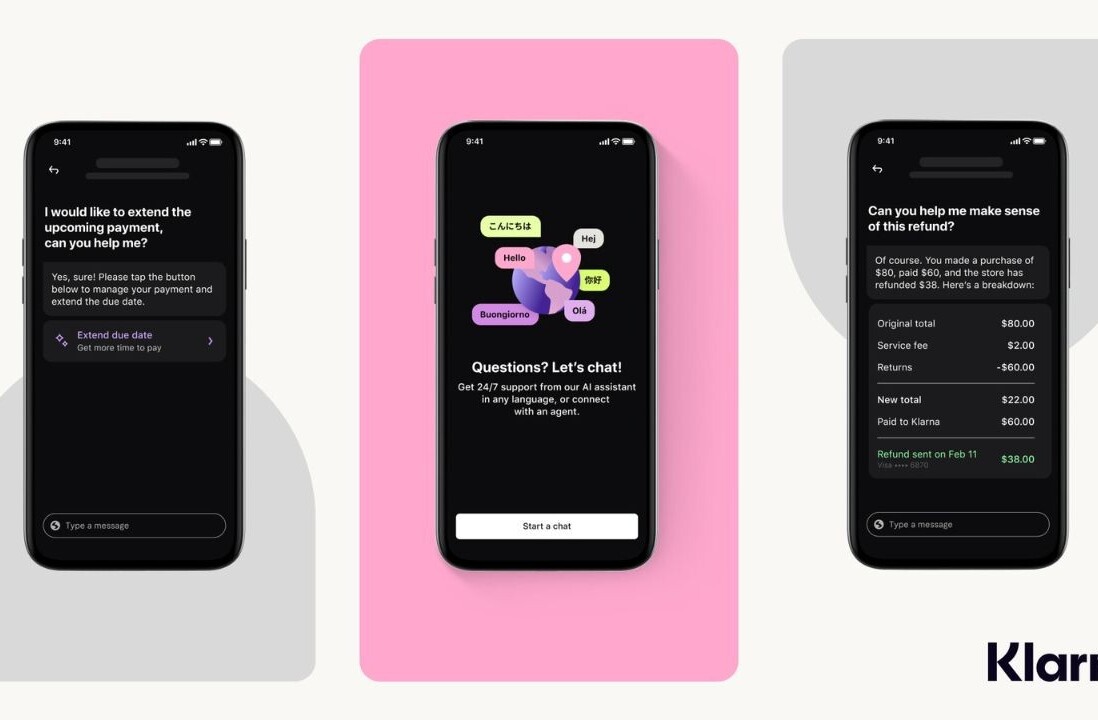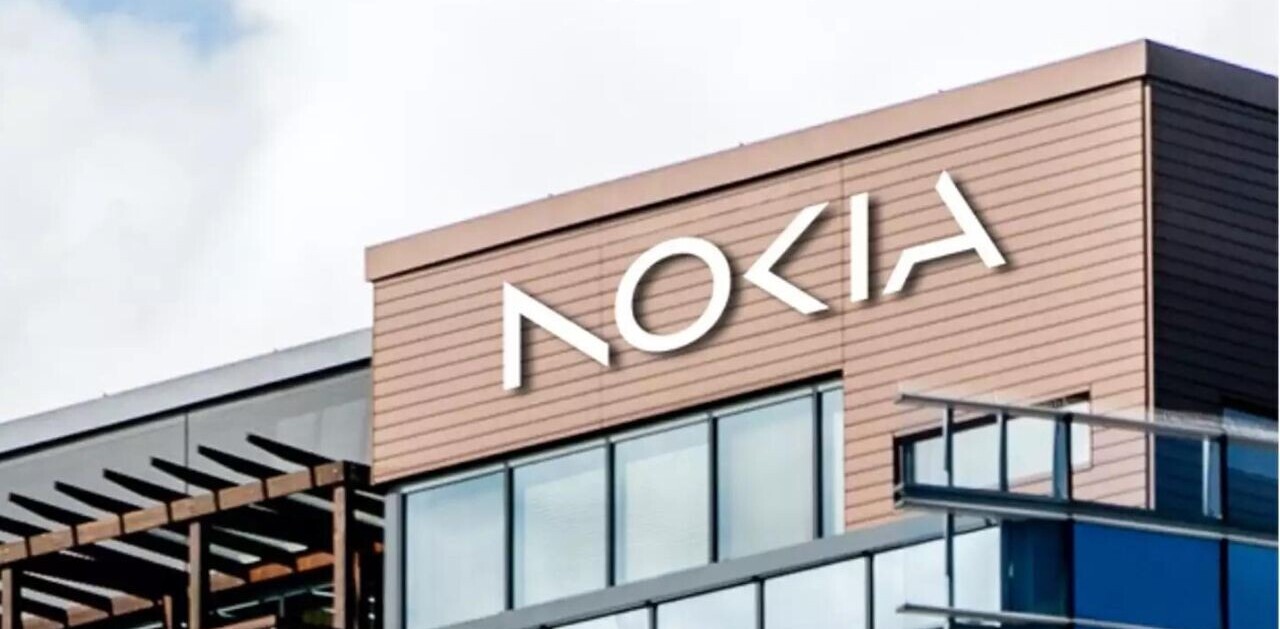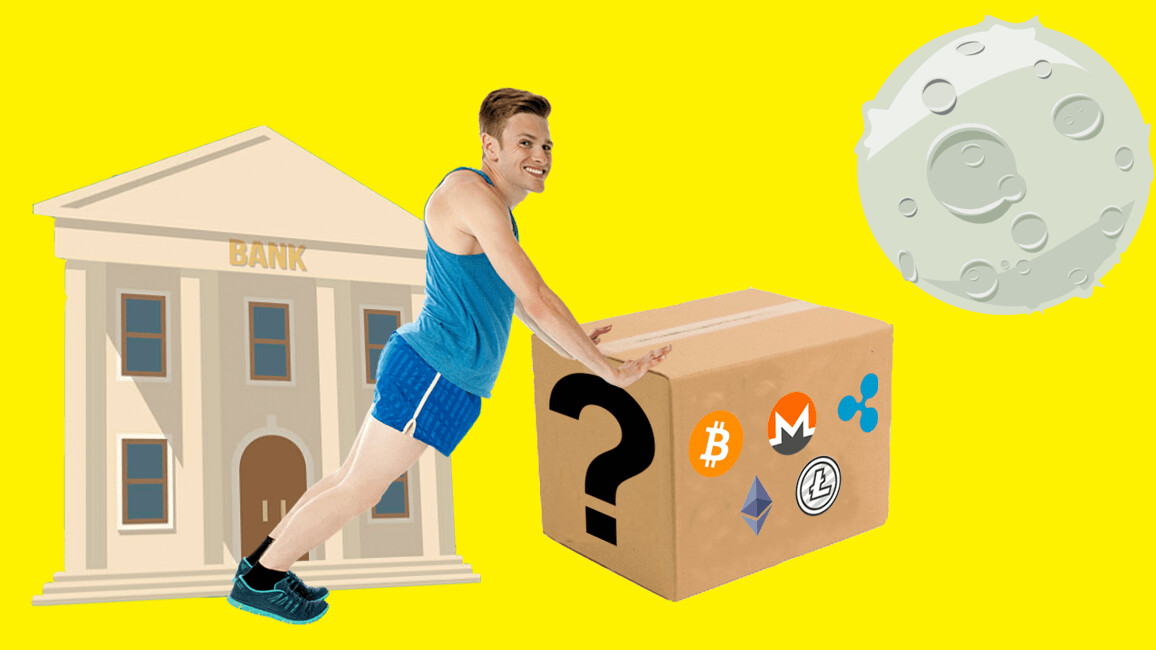
At the height of the blockchain rush last year, we saw a new unusual phenomenon crop up: cryptocurrency mystery boxes.
The concept was pretty simple. You pay a fee to receive a USB stick loaded with a random selection of cryptocurrencies – five, to be exact. No need to register on exchanges, install wallets, or choose tokens to invest in: you essentially pay extra to avoid this “hassle” and get straight to HODLing.
The initiative aimed to raise awareness of blockchain tech and serve as an easy way for rookies to get into cryptocurrencies – and perhaps earn them some quick cash in the process.
While there was a bevy of startups with similar offerings, we got our mystery box from a company called CBlocks. Back in January, its mystery box options varied from an entry $100 level (for a USB stick packed with $50 worth of tokens) to a premium $525 tier (for a USB stick with $500 worth of cryptocurrency).
CBlocks was courteous enough to send us an entry-level box free of charge. (It appears CBlocks has since discontinued its mystery box offerings and is currently accepting registrations for a new unannounced product. We can’t vouch for the new service, but be aware that the blockchain space is rife with scams.)

Shortly after reviewing the mystery box, I ditched the USB stick in a pile of gadgets, and never looked at it again. Until today.
Six months later, we are finally here to give you a rundown of our experience using the cryptocurrency mystery box.
Doing the math
To remind you, the box came packed with $8.28 worth of Lisk, $7.72 worth of Monacoin, $11.39 worth of Loopring, $8.02 worth of Electroneum, and $12.78 worth of OmiseGo. Six months later, we have $1.82 worth of Lisk, $2.72 worth of Monacoin, $2.91 worth of Loopring, $0.91 worth of Electroneum, and $5.31 worth of OmiseGo.
Or to sum it up, we started with a total of $48.21 (I had already suffered minor losses by the time I got to look up my CBlocks balance for the first time) and ended up with a measly $13.70.
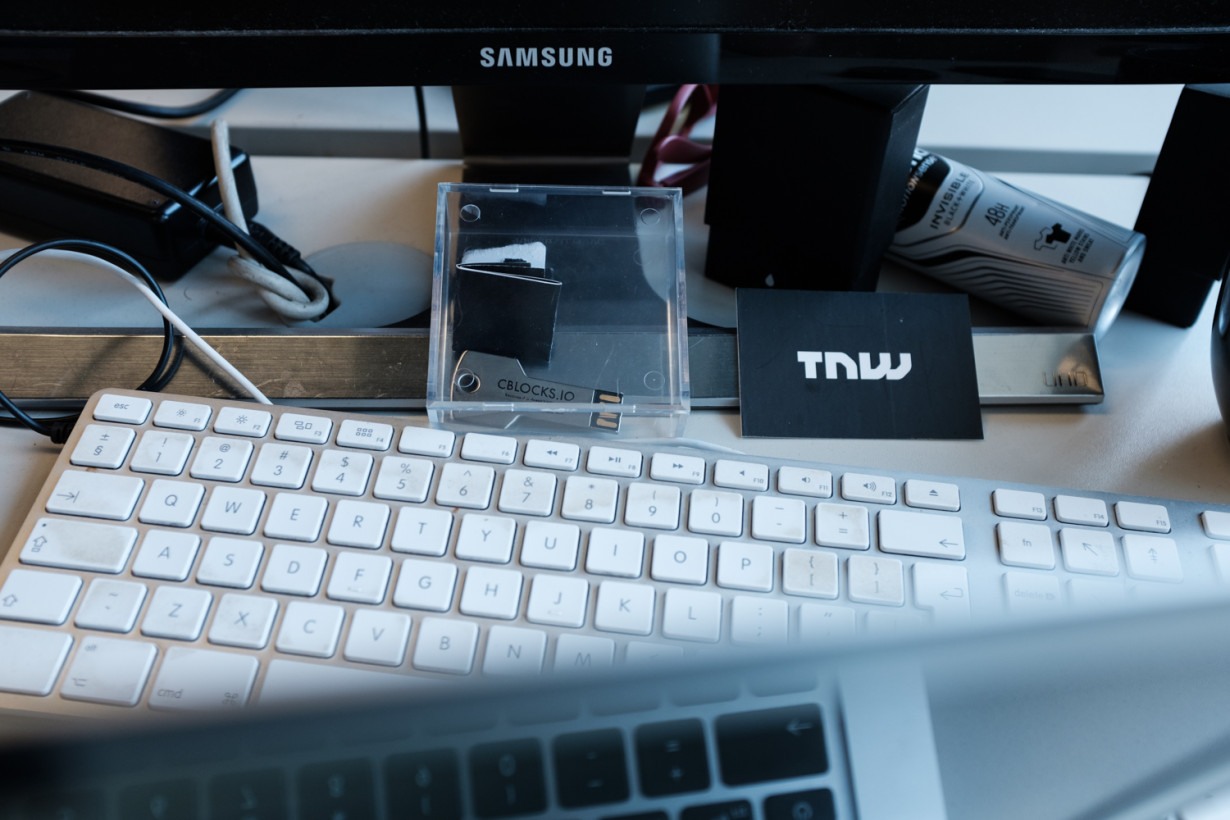
Here is what this breaks down to:
- Lisk – 78 percent loss ($6.46 lost)
- Monacoin – 65 percent loss ($5 lost)
- Loopring – 74 percent loss ($8.48 lost)
- Electroneum – 89 percent loss ($7.11 lost)
- OmiseGo – 58 percent loss ($7.47 lost)
- Overall – 73 percent loss ($36.30 lost)
As you can see, Electroneum has suffered the biggest drop in price, marking a staggering loss of 89 percent since January. By contrast, the best performing coin in my mystery box was OmiseGo – though it also registered a pretty hefty loss at 58 percent.
In all fairness, it is not only the coins in my mystery box that took a dive in 2018. Indeed, the entire market has been going through a rough patch this year.
Another point to dredge up is that CBlocks never advertised its mystery boxes as a way of making a quick buck. Instead, it hyped it up as an easy way of getting into cryptocurrencies – though this certainly wasn’t our experience with the product.
Getting familiar with cryptocurrencies
As you could probably gather by now, the mystery box did little to increase my interest in cryptocurrencies.
True, it did expose me to a selection of coins I might have otherwise never bothered to look into, but it never really encouraged me to seek a technical understanding of these currencies beyond the marketing writing.
So if you were hoping that a $100 investment in randomly selected coins will turn into a legitimate hobby, you might be better off taking your time and actually doing your own research.
The final verdict
As I remarked in my original review, CBlocks is a fairly effortless way of getting your hands on some digital currency and exposing yourself to new tokens (despite some security concerns associated with shipping and packaging). The bad thing is that mystery boxes do little to instil genuine interest in blockchain.
So if you were hoping that randomly investing in cryptocurrencies will make you love the technology… it might be time to reconsider your approach.
It turns out HODLing can only get you that far.
Get the TNW newsletter
Get the most important tech news in your inbox each week.
